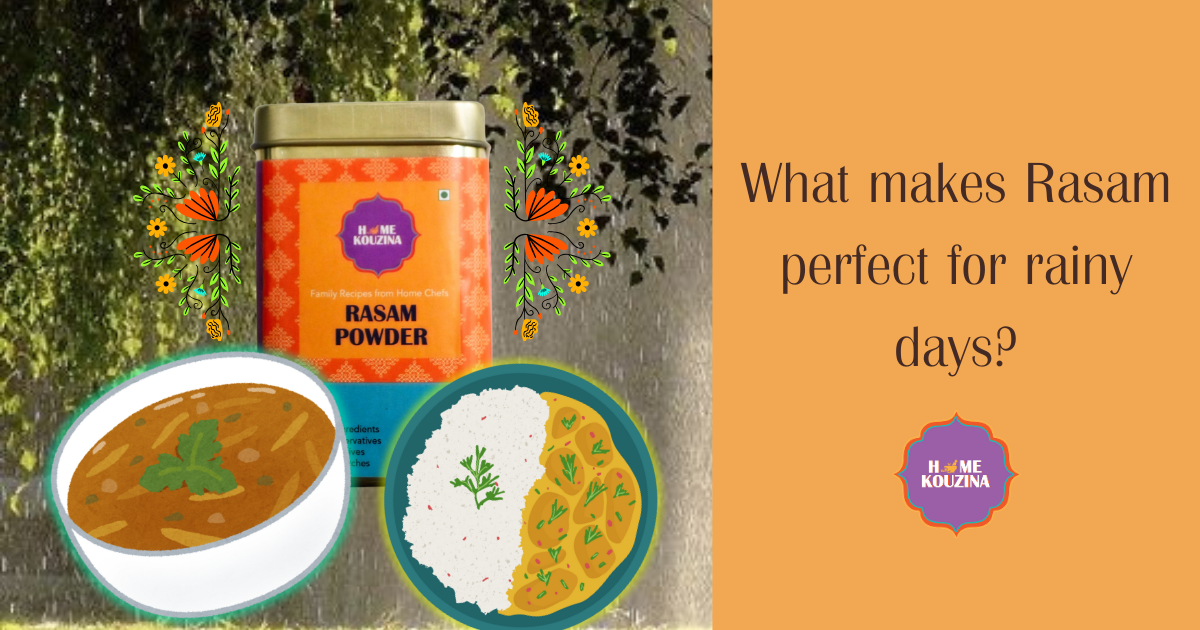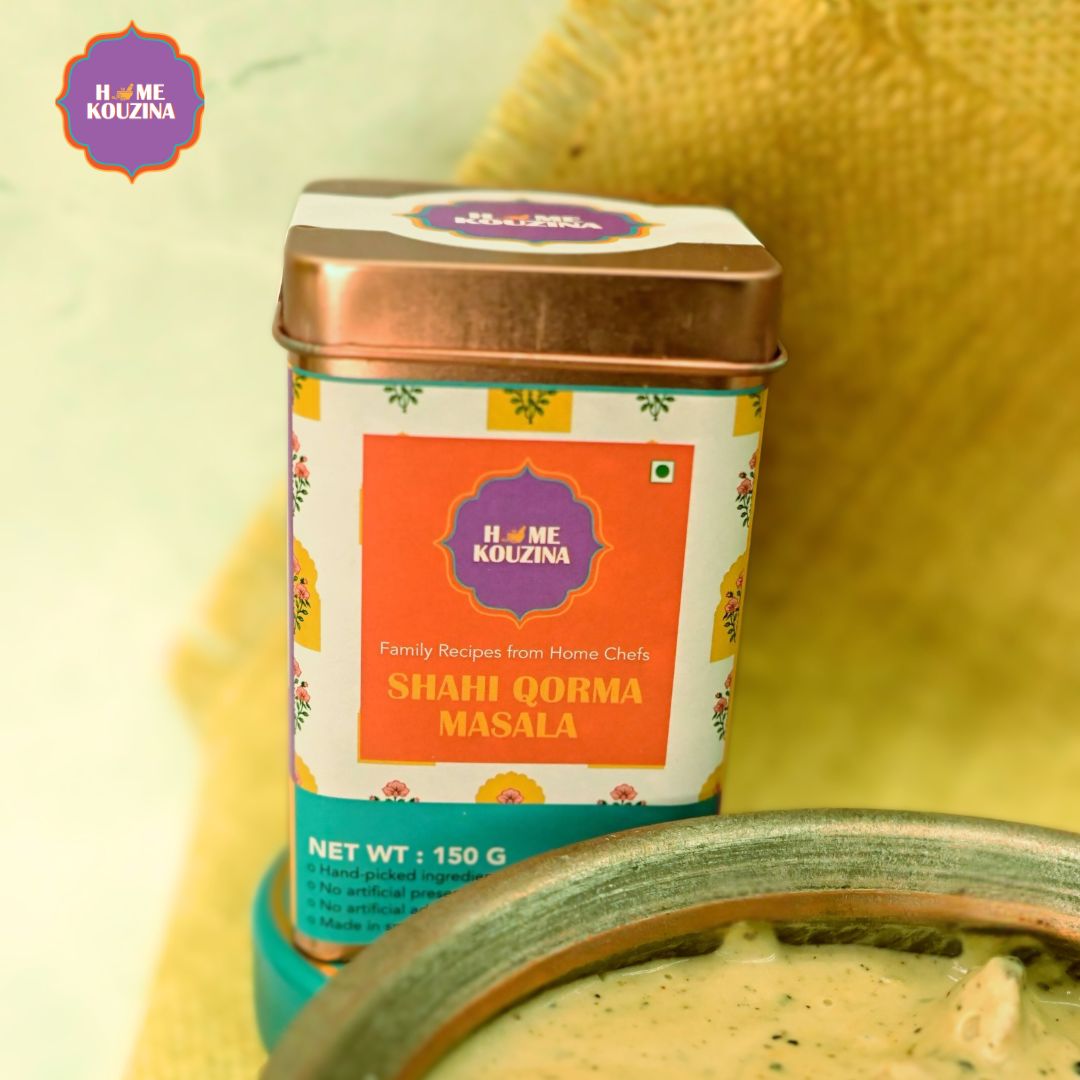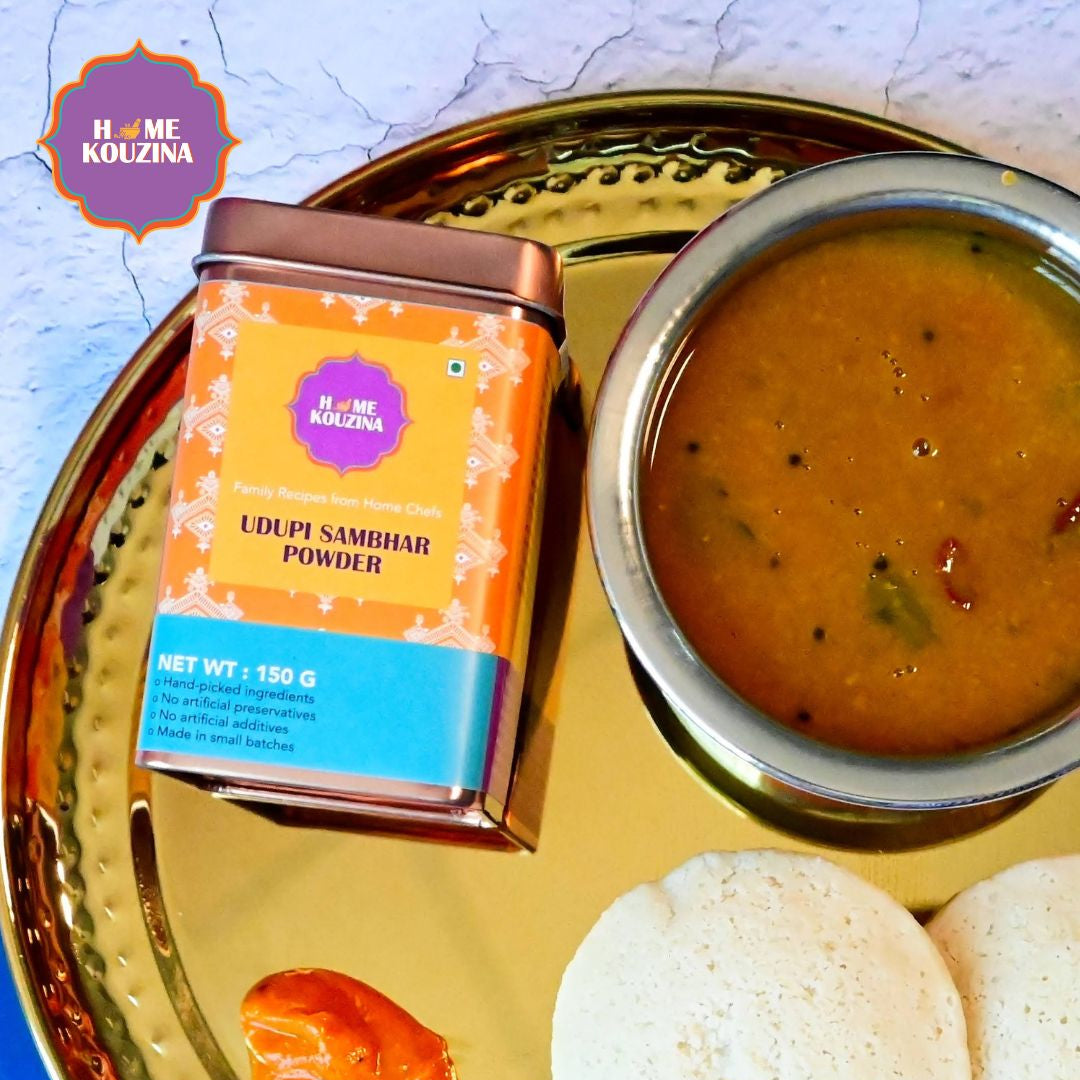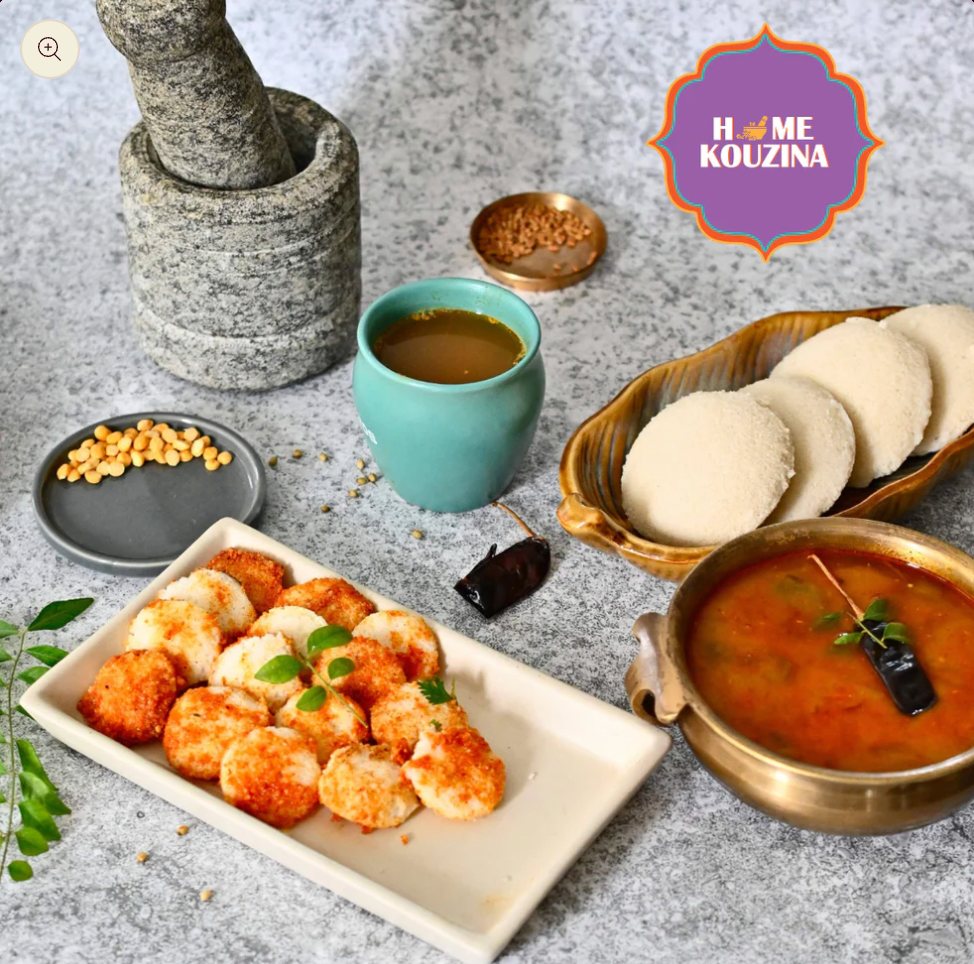
What Makes Rasam the Perfect Spice Blend for Rainy Days?
 The arrival of the monsoon season in India is a sensory delight. This is the time when the skies are overcast, the air is cool, and the heart craves something warm and comforting. You remember the monsoon staple that is not only warming and nutritious but also reminds you of home - Rasam!
The arrival of the monsoon season in India is a sensory delight. This is the time when the skies are overcast, the air is cool, and the heart craves something warm and comforting. You remember the monsoon staple that is not only warming and nutritious but also reminds you of home - Rasam!
Do you know that according to some historical sources, the origin of rasam is in Madurai, dating back to the 16th century? This was when the land was ruled by the Saurashtra rulers. That makes it older than the iconic Taj Mahal!
In Sanskrit, “rasa” means juice and hence the probable coinage of the word “rasam,” which is made from the extract of tamarind and tomato juices. The traditional preparation of rasam is made with tamarind pulp and black pepper—both abundantly and natively available in South India.
However, there are over 200 variations of this beloved, comforting soup, each steeped in its own unique history and family traditions. From the spicy and tangy tomato rasam of Karnataka to the aromatic garlic rasam of Tamil Nadu, every version of rasam carries a piece of its region's culinary heritage. Whether it’s the use of specific spices or the way it’s served, every variation tells a story, celebrating the diversity and depth of this cherished soup.
The beauty of the rasam lies in its simplicity and versatility. It can be enjoyed as a soup or paired with rice, transforming into the ever-popular rasam rice, a comfort food that is easy to make and incredibly satisfying.
A Monsoon Essential for Immunity and Well-being
As the monsoon season brings cooler temperatures and frequent rains, it also brings a host of common ailments such as colds, coughs, and digestive troubles. Rasam emerges as a perfect remedy during this time, offering relief and bolstering immunity.
The spices used in rasam masala, including black pepper and cumin, are natural boosters for the immune system. Black pepper, in particular, is known for its antioxidant properties, which help in fighting off infections and reducing inflammation. Cumin can help ward off common colds and infections that are prevalent during the rainy season.
The tamarind in rasam not only adds tanginess but also provides vitamin C, which is essential for maintaining a strong immune system. This makes rasam an excellent choice for preventing and recovering from colds and coughs.
Rainy weather often disrupts digestive patterns. The combination of spices in rasam masala aids in digestion and helps alleviate symptoms of indigestion and bloating, making it an ideal choice for those times when you’re feeling a bit off.
For those looking to manage their weight or detoxify, rasam provides a flavorful yet low-calorie option. The spices in boost metabolism, aiding in weight management and overall wellness.
The warming properties of rasam masala are perfect for countering the chill of monsoon rains. The heat from the spices helps in keeping the body warm and comfortable, adding a layer of cozy satisfaction to every bowl of rasam.
Now that you know all about the health benefits of rasam, let's share with you an easy rasam recipe by Chef Uma Venkataraman.
Chef Uma’s Rasam Recipe
Ingredients:
- 50g Arhar Dal
- 950ml water
- 100g Tomatoes
- 4-5 cloves Garlic
- 1-2 tbsp Tamarind pulp
- 1 tbsp Home Kouzina Rasam powder
- 1 tbsp Ghee
- 1 tsp cumin seeds
- 1 tsp
- Pinch of Turmeric
- Black Pepper as per taste
- Coriander leaves
Cook Arhar Dal in water with a pinch of turmeric. Add chopped tomatoes, a few garlic cloves, a sufficient amount of tamarind pulp, salt to taste and 1 tablespoon Home Kouzina Rasam Powder and boil for 10 mins. Take off the flame as soon as froth begins to form. Warm 1 spoon of ghee in a separate pan, and add cumin seeds and black pepper powder. Once tempered, add to the rasam.
Garnish with green coriander leaves and serve hot.
It provides warmth and comfort, especially during the monsoon season, whether enjoyed as a soup, paired with rice, or transformed into the delectable Rasam Vada.
Types of Rasam to Enjoy This Monsoon
The rains bring with it the perfect opportunity to indulge in a variety of rasam types, each offering unique flavors and benefits. Here are some delightful rasam variations to enjoy during the rainy season:
1. Tomato Rasam
Tomato Rasam is a classic and widely loved variant, known for its tangy and slightly spicy flavor. Made with fresh tomatoes, tamarind, and a blend of spices, it’s a comforting choice that’s perfect for warming up on a rainy day. Its light, zesty taste pairs well with steamed rice or can be enjoyed as a soothing soup.
2. Garlic Rasam
Garlic Rasam is renowned for its robust flavour and health benefits. Garlic, a key ingredient, imparts a distinctive pungency and is known for its immune-boosting properties. This rasam is especially comforting during the monsoon, helping to ward off seasonal colds and coughs with its aromatic spices and garlic’s natural antimicrobial effects.
3. Pepper Rasam
Pepper Rasam, or Milagu Rasam, features black pepper as the star ingredient. This variant is ideal for those seeking a spicy kick to combat the chill of the monsoon. Black pepper not only adds heat but also aids in digestion and helps alleviate respiratory issues, making it a great choice for rainy days.
4. Coriander Rasam
Coriander (or Kothambari) Rasam highlights the fresh, citrusy flavor of coriander seeds. This type of rasam is lighter and has a distinctive aroma that can be particularly refreshing during the monsoon. Coriander seeds are known for their digestive benefits and can help soothe an upset stomach, making this rasam both tasty and therapeutic.
5. Lemon Rasam
Lemon Rasam offers a tangy twist with the addition of fresh lemon juice. This rasam is both refreshing and comforting, ideal for those looking for a zesty alternative to the traditional tomato rasam. The vitamin C from the lemon helps boost immunity and adds a burst of flavor that complements the rainy season.
6. Tamarind Rasam
Tamarind Rasam is a traditional variant that emphasizes the tanginess of tamarind. This rasam combines tamarind pulp with spices like cumin, coriander, and black pepper to create a rich, flavorful broth. It’s an excellent choice for a comforting, nourishing meal that helps balance the body during the monsoon.
7. Drumstick Rasam
Drumstick Rasam features drumstick (moringa) pods, known for their rich nutritional content. This rasam not only offers a distinctive taste but also enhances the dish with its health benefits. The drumsticks add a subtle flavor and a dose of vitamins, making this a perfect choice for a nutritious meal during the rainy season.
Each type of rasam brings its own special flavor and benefits, making it a versatile dish that can be tailored to suit your preferences and health needs during the monsoon.
Whether you’re craving something spicy, tangy, or soothing, there’s a Rasam variation to match the mood and the weather. Enjoy these comforting rasam options and make the most of the rainy season with flavorful, warming meals!
Special Tips for Making the Best Rasam Dishes!
To make your rasam not just comforting but also perfectly suited for the monsoon, here are some special tips.
1. Balance of Spices: The key to a good rasam is the balance of spices. Adjust the quantity of spices according to your taste preference.
2. Consistency: Rasam should have a soup-like consistency. Adjust the water quantity to achieve the desired consistency.
3. Tamarind: The amount of tamarind used can be adjusted based on how tangy you want your rasam to be.
4. Simmer Gently: Allow rasam to simmer gently rather than boiling vigorously. This helps to meld the flavors without making the rasam too tangy or spicy.
5. Serving: Rasam tastes best when served hot! Pair it with steaming hot rice for a comforting meal.
6. For a delightful twist, try making Rasam Vada, a popular comfort snack that combines the flavors of rasam with crispy lentil fritters.








Leave a comment
This site is protected by hCaptcha and the hCaptcha Privacy Policy and Terms of Service apply.